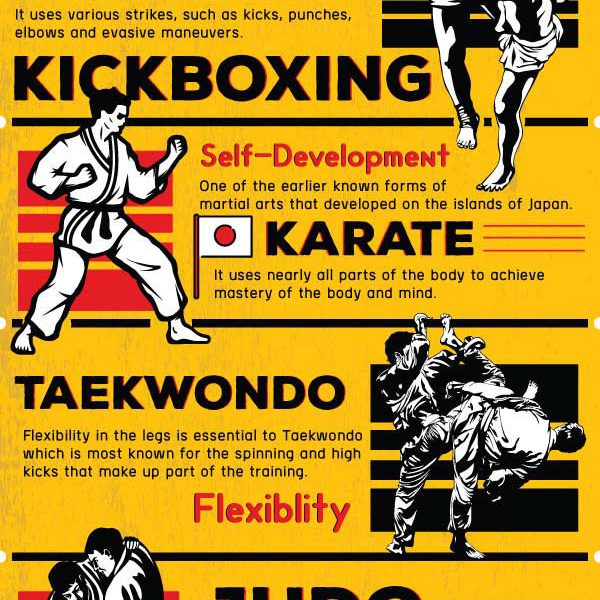Unwinding The Mystery Of Several Fighting Style Disciplines: A Guide To Martial Arts, Taekwondo, And A Lot More
Unwinding The Mystery Of Several Fighting Style Disciplines: A Guide To Martial Arts, Taekwondo, And A Lot More
Blog Article
Learn More Here -Osman Weiner
Are you tired of sensation overwhelmed by the large globe of fighting styles? With many designs to choose from, it can be simple to get lost in a sea of strikes, kicks, and strange names. However anxiety not!
This conversation will debunk the various martial arts designs, taking you on a journey from the effective strikes of Karate to the dynamic kicks of Taekwondo. Prepare yourself to uncover the origins, techniques, and viewpoints behind these ancient art forms.
So, tighten your belt and prepare to start an informing exploration right into the fascinating world of martial arts.
Origins of Martial Arts Styles
The origins of fighting styles styles can be traced back to old worlds and their demand for self-defense and battle methods. Throughout history, various societies created their very own one-of-a-kind techniques of fighting, each with its own set of techniques and ideologies.
In China, for example, fighting styles styles such as Kung Fu and Tai Chi were developed as a way of self-defense and improving physical and mental health.
In Japan, the samurai warriors created designs like Karate and Judo, focusing on discipline, accuracy, and proficiency of the body.
In a similar way, in Korea, Taekwondo became a fighting style highlighting high kicks, fast movements, and psychological determination.
These early worlds laid the foundation for the diverse variety of fighting styles styles that exist today, each with its own rich background and social value.
Techniques and Training Techniques
To understand fighting styles designs, specialists need to learn numerous methods and training approaches.
Methods are the specific motions and actions used in fight, such as strikes, kicks, tosses, and blocks. https://self-defensestrategieseve32074.bleepblogs.com/32982446/martial-arts-training-discovering-the-right-equilibrium-of-rate-and-accuracy have their own distinct collection of techniques that experts need to understand via extensive training.
Training methods differ depending upon the style, but they usually involve a mix of physical conditioning, drills, competing, and types.
Physical conditioning is critical to develop strength, flexibility, and endurance. Drills aid experts fine-tune their techniques and enhance their speed and accuracy.
Competing permits practitioners to exercise their methods in a managed, realistic setting. Types, likewise referred to as kata, are cut-and-dried series of motions that aid practitioners create muscle memory and focus.
Approaches and Principles
Discovering the approaches and principles of martial arts designs can provide you with a deeper understanding of your picked technique. Each fighting style has its very own unique ideology and set of guiding concepts that form the method it's exercised.
For instance, Martial arts highlights discipline, regard, and self-constraint. It instructs experts to concentrate their body and minds, allowing them to defend themselves while keeping a feeling of inner peace.
On the other hand, Taekwondo puts a strong focus on speed, agility, and versatility. https://self-defenseknifeforwoman54242.yomoblog.com/38936360/release-your-inner-warrior-discover-powerful-ideas-to-fuel-your-passion-and-stay-inspired-in-your-fighting-styles-training-don-t-lose-out are rooted in the tenets of courtesy, stability, determination, self-discipline, and resolute spirit.
Verdict
Now that you've checked out the beginnings, strategies, and viewpoints of different martial arts designs, you have a deeper understanding of these ancient techniques.
Think of a young karate trainee, experimenting steady determination and emphasis, breaking through boards with an effective punch.
Their journey showcases the commitment and stamina required to master a martial art, advising us that with technique and perseverance, anything is possible.
